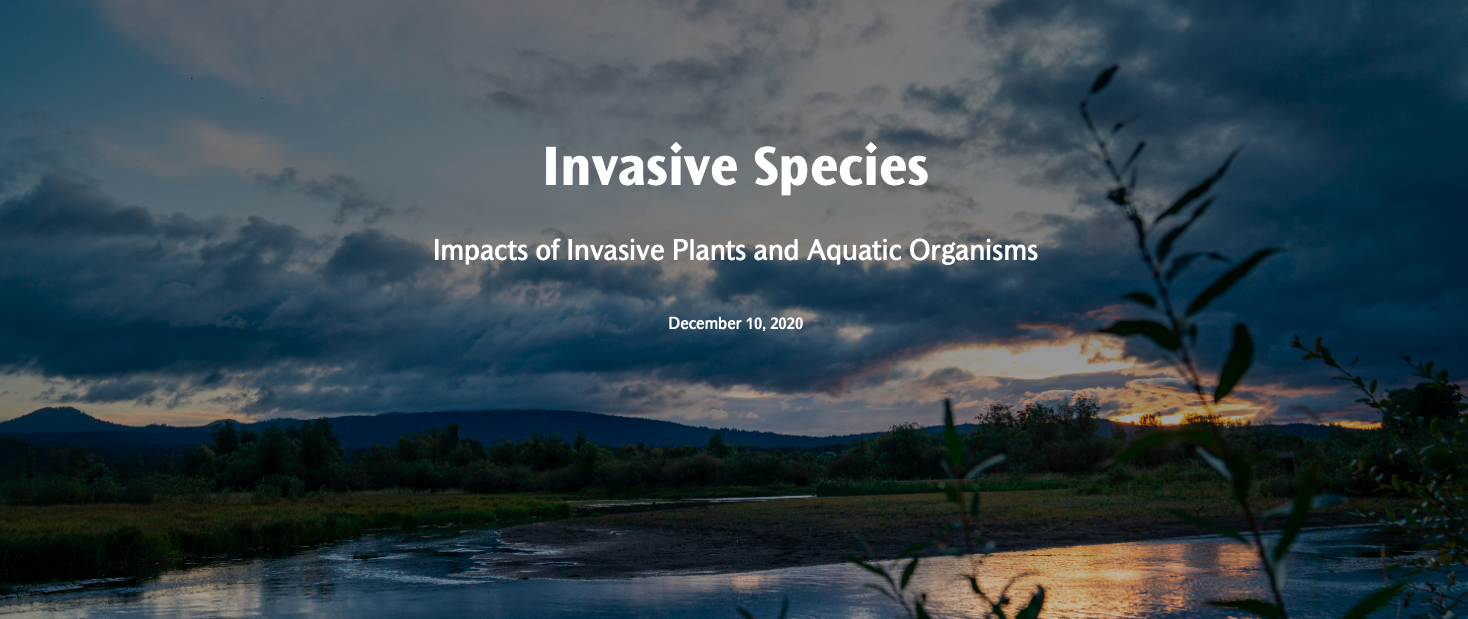Student Project: Impacts of Invasive Plants and Aquatic Organisms Storymap
/In 2020, as part of Dr. Catherine de Rivera’s Ecology & Management of Bioinvasions class at Portland State University, OISC members and invasive species professionals advised students on various invasive species topics. Ashley Newcomb, Ashley Kahl-Placek, Matt Magel, Nick Stockton, Travis Hood, Tyler Chase, and William McDonald created a Storymap about the impacts of invasive plants and aquatic organisms. Information and guidance was provided by OISC Alternate Member Shawna Bautista (US Forest Service). To learn more about the other student projects that were created in this class, please click here.
Storymap: Invasive Species - Impacts of Invasive Plants and Aquatic Organisms
*Note: The views and opinions expressed in the attached file(s) or link(s) are those of the authors and do not necessarily reflect those of the Oregon Invasive Species Council.

